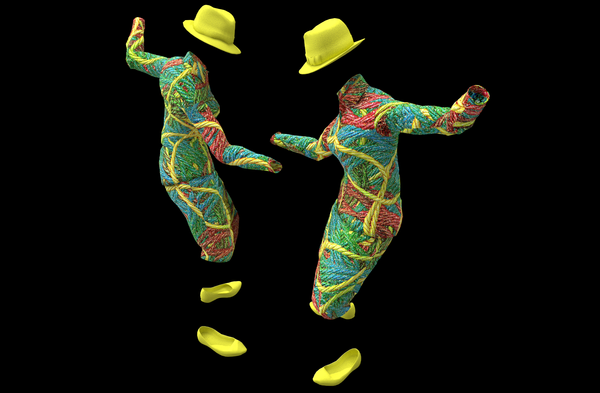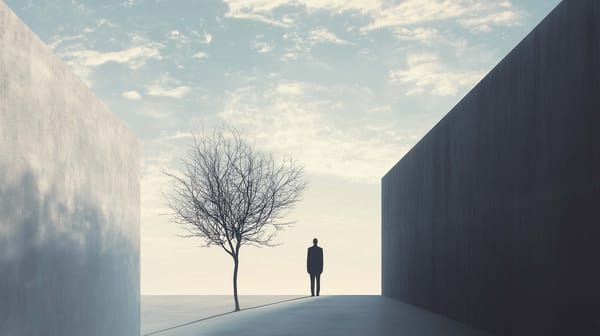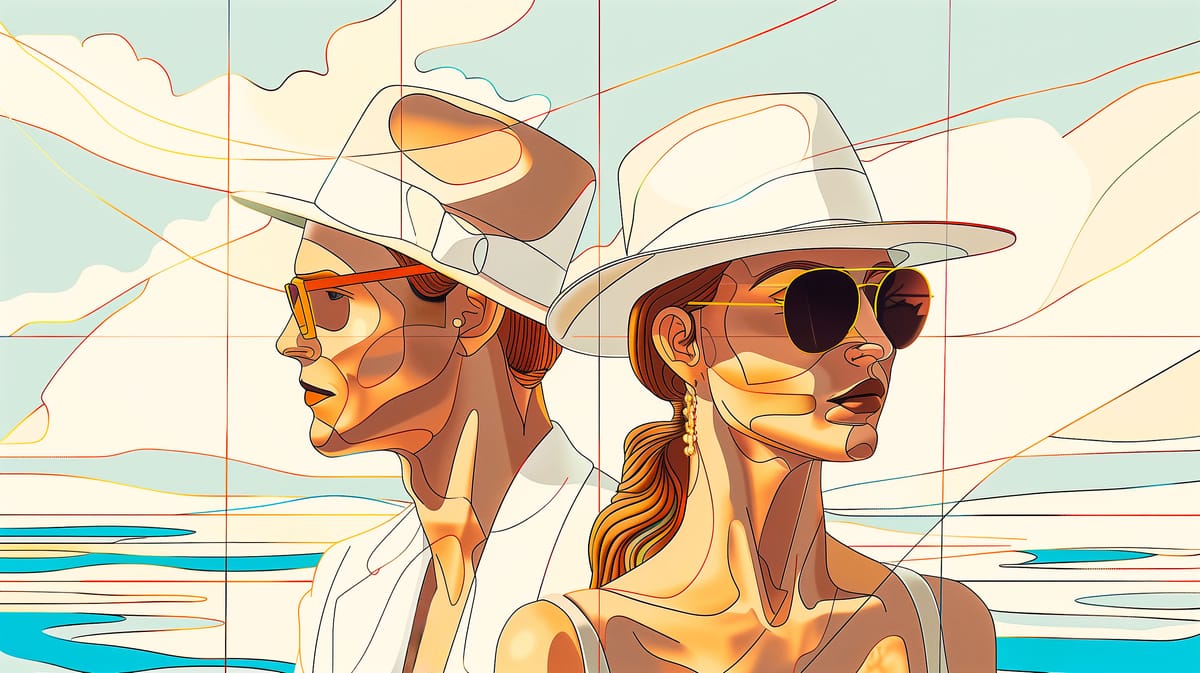Capri, an island in Italy’s Bay of Naples, is renowned for its rugged landscape, upscale hotels, and shopping, from designer fashions to limoncello and handmade leather sandals. But beyond its glitzy exterior, Capri has long been a haven for artists, writers, and creatives, a sanctuary where the mind can wander freely, and inspiration can strike at any moment. The island's allure transcends its natural beauty, drawing in creative minds who find solace and inspiration in its enchanting ambiance.
The Artistic Heritage of Capri
The island of Capri has a rich artistic heritage that dates back to Roman times. The Emperor Tiberius, who ruled from 14 AD to 37 AD, was among the first to recognize Capri's potential as a place of refuge and inspiration. He built several villas on the island, most notably Villa Jovis, where he would retreat from the demands of ruling the empire to indulge in intellectual and artistic pursuits. This legacy of retreat and creation has persisted through the centuries.
In the 19th and 20th centuries, Capri became a magnet for many prominent artists and writers. The island's unique light, dramatic cliffs, and serene atmosphere provided the perfect backdrop for creative endeavors. Writers such as Graham Greene, Norman Douglas, and Pablo Neruda found inspiration in Capri's picturesque landscapes and tranquil lifestyle. The island’s ability to inspire is reflected in their works, which often contain vivid descriptions of Capri’s natural beauty and the sense of peace it provides.
The Magnetic Allure of Capri for Modern Artists
In modern times, Capri continues to attract artists and writers from around the globe. The island's allure lies in its ability to provide a space where creatives can disconnect from the hustle and bustle of everyday life and connect deeply with their inner selves. The serene environment and the island’s vibrant cultural scene foster a creative atmosphere that is hard to find elsewhere.
Contemporary artists are drawn to Capri for various reasons. For some, the stunning landscapes provide endless inspiration for paintings and sculptures. The interplay of light and shadow on the island’s cliffs and the vivid colors of the Mediterranean Sea serve as natural muses. For others, the rich history and cultural heritage ignite their creativity. Walking in the footsteps of great artists and writers who once roamed the island can be a profoundly inspiring experience.
The Influence of Capri’s Natural Beauty on Art
The natural beauty of Capri is undeniable, and it plays a significant role in shaping the work of artists who visit the island. The dramatic cliffs, lush vegetation, and azure waters create a picturesque setting that is almost dreamlike. This unique environment allows artists to experiment with color, form, and composition in ways that might not be possible elsewhere.
The image accompanying this article, reminiscent of Amedeo Modigliani's style, captures the essence of Capri's inspirational power. The serene figure, set against the backdrop of the island's rugged cliffs and tranquil sea, embodies the island's contemplative and reflective nature. The use of bold colors and abstract forms reflects the emotional and spiritual connection that artists often feel when immersed in Capri's landscape.
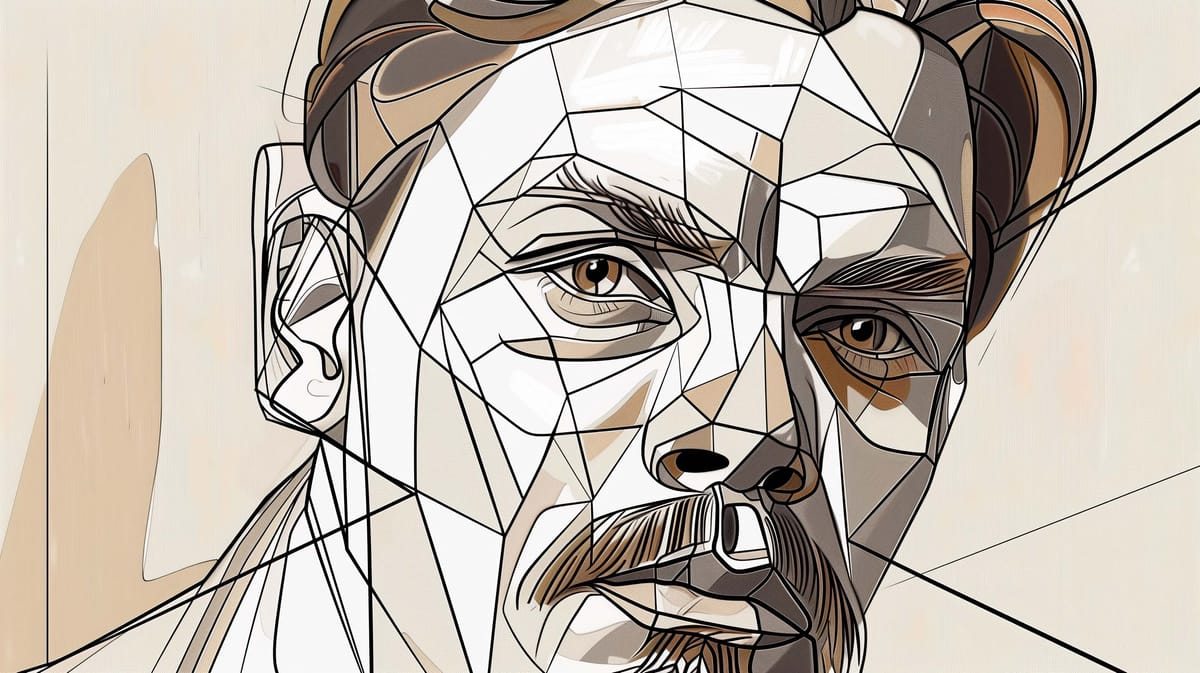
Literary Inspirations on the Island
For writers, Capri offers a rich tapestry of history, culture, and natural beauty to draw from. The island's quiet, secluded spots are perfect for reflection and writing. Many authors have found that the island’s tranquility allows them to delve deeply into their thoughts and produce some of their best work.
One of the most famous literary figures associated with Capri is Graham Greene. The British novelist spent many years on the island, finding it an ideal place to write away from the distractions of urban life. His time on Capri influenced several of his works, infusing them with the island’s unique blend of beauty and melancholy.
Another notable writer who found inspiration in Capri was the Chilean poet Pablo Neruda. While there, Neruda became enamored with the island's enchanting landscapes and vibrant culture. His poems from this period reflect the profound sense of peace and inspiration he found in Capri’s embrace.
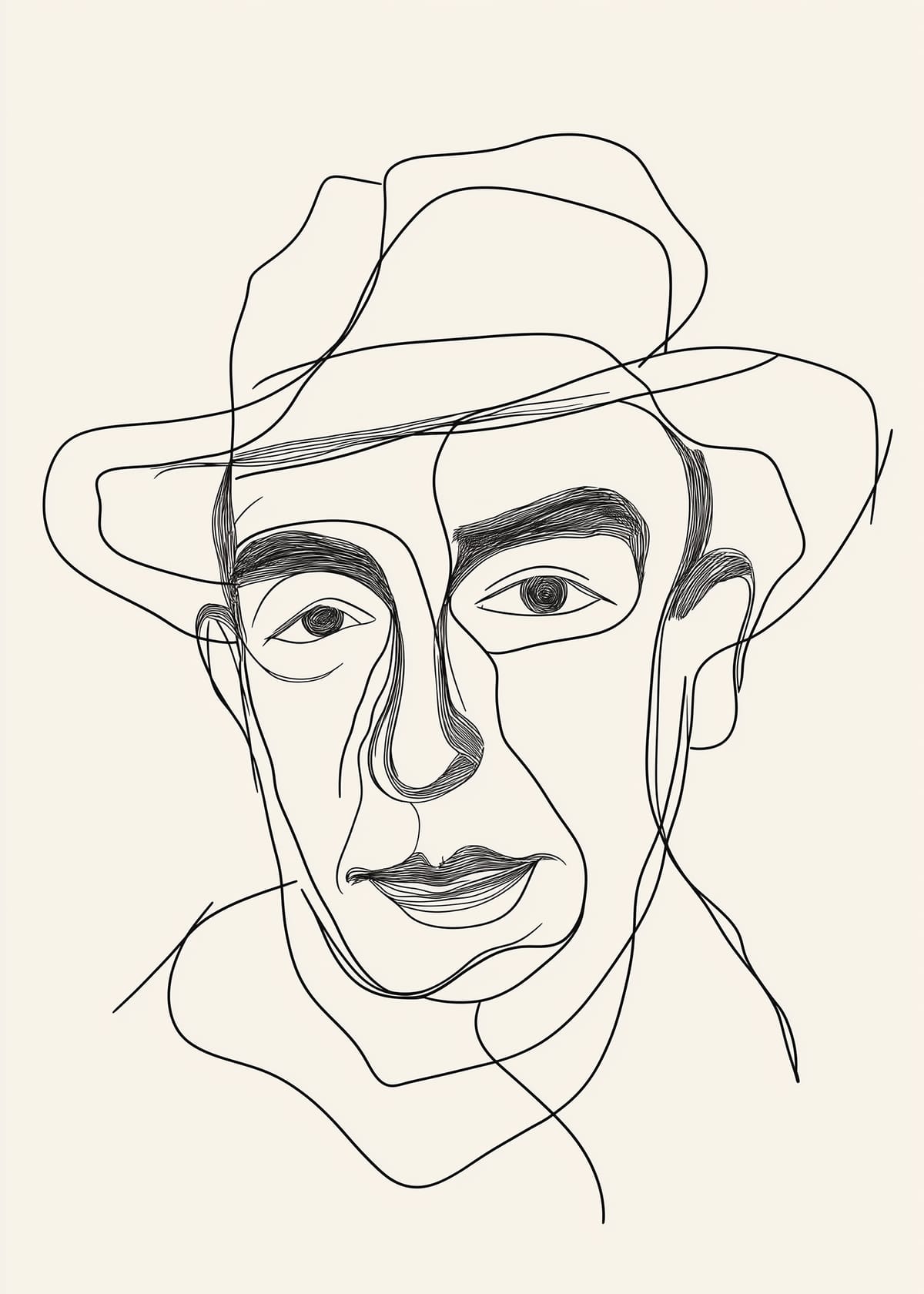
Capri is a Meeting Point for Creative Minds
Capri has also served as a meeting point for creative minds from various disciplines. The island’s numerous cafes, art galleries, and cultural events provide ample opportunities for artists and writers to interact, share ideas, and collaborate. This sense of community and exchange is crucial to Capri’s creative allure.
The annual Capri Hollywood International Film Festival is one such event that brings together filmmakers, actors, and screenwriters from around the world. The festival not only celebrates the art of cinema but also fosters a sense of camaraderie among creatives, encouraging them to explore new ideas and push the boundaries of their craft.

Capri I © Nicholas V. K.
"Capri I" depicts a small sailboat in calm waters surrounded by abstract cliffs and a red sun, in a minimalist, geometric style.
The Role of Capri’s Cultural Institutions
The island’s cultural institutions are vital in nurturing and promoting creativity. Museums, galleries, and cultural centers on Capri offer a platform for artists to showcase their work and engage with the local community and visitors. These institutions also organize workshops, lectures, and exhibitions, providing valuable opportunities for learning and inspiration.
The Axel Munthe Museum, housed in the Villa San Michele, is one of Capri’s most notable cultural institutions. A Swedish author and physician, Axel Munthe, founded the museum to preserve the island's artistic and cultural heritage. It features a collection of art and artifacts that reflect Capri’s rich history and inspire contemporary artists.
Preserving the Artistic Legacy of Capri
As Capri continues to draw artists and writers, there is a growing awareness of the need to preserve its unique cultural and natural heritage. Efforts are being made to protect the island’s landscapes from overdevelopment and to maintain its status as a haven for creativity. Organizations such as the Capri Foundation promote sustainable tourism and support cultural initiatives that enhance the island’s creative spirit.

Capri II © Nicholas V. K.
"Capri II" features a surreal image of a man in a suit and hat with a rock cliff face, blending seamlessly into a seascape background.
The Future of Creativity on Capri
Capri’s role as a sanctuary for artists and writers is likely to grow even more significant. In a world where life is continually accelerating, the need for places that offer peace and inspiration is more significant than ever. Capri’s ability to provide this sanctuary and its rich cultural heritage ensures it will remain a beacon for creatives worldwide.
The island’s commitment to preserving its natural beauty and cultural heritage will be crucial in maintaining its appeal to future generations of artists and writers. By fostering a supportive and nurturing environment for creativity, Capri will continue to inspire and captivate the imaginations of those who seek solace and inspiration in its embrace.
In Summation
Capri's enduring appeal as a haven for creativity is a testament to its unique blend of natural beauty, rich cultural heritage, and supportive community. From its early days as a retreat for Roman emperors to its modern status as a sanctuary for contemporary artists and writers, Capri has consistently provided a space where creativity can flourish.
The island's stunning landscapes, tranquil environment, and vibrant cultural scene create the perfect artistic and literary inspiration conditions. As long as creative minds seek a place to connect with their inner selves and draw inspiration from the world around them, Capri will continue to be a haven for creativity, drawing artists and writers worldwide.




